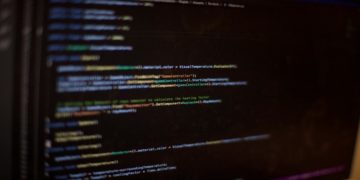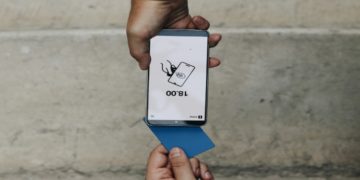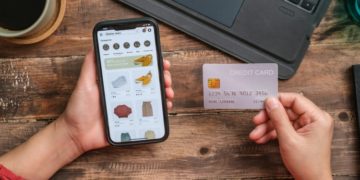The COVID-19 pandemic reshaped how many industries operate, and the property sector was no exception. HM Land Registry, responsible for registering land and property ownership in England and Wales, had to adapt its identity verification processes to keep transactions secure while also making them more accessible in a world where face-to-face contact was limited.
This article explores how ID checks have changed since the pandemic, what that means for individuals involved in property transactions, and how you can complete those more efficiently today.
Pre-COVID Identity Verification
Before the pandemic, identity verification for property transactions followed a traditional approach. Individuals had to:
- Attend an appointment in person with a solicitor, licensed conveyancer, or notary.
- Present original identification documents such as a passport or driving licence.
- Complete the ID1 form (for private individuals) or ID2 form (for corporate bodies), which the professional would sign and certify.
This system worked well for fraud prevention but often proved inconvenient, particularly for people with busy schedules or those living far from a legal professional.
The impact of COVID-19
Lockdowns and social distancing made in-person appointments difficult, if not impossible. HM Land Registry recognised the need for a more flexible approach to identity checks. During this period, they introduced temporary measures to keep the property market moving while reducing face-to-face contact.
These included:
- Greater acceptance of remote verification methods.
- Video conferencing with legal professionals for ID verification.
- Adjustments to how ID1 and ID2 forms could be completed.
These changes not only allowed transactions to continue during restrictions but also paved the way for more permanent innovations in identity verification.
Post-COVID Innovations
Since restrictions have lifted, some of the adjustments introduced during the pandemic have evolved into long-term practices. Today, HM Land Registry supports a mix of in-person and remote verification to make the process more efficient.
Key updates include:
- Online Verification Services – Secure platforms now allow individuals to complete ID1, ID2, and ID5 verification without needing to travel.
- Introduction of ID5 Forms – The ID5 form was introduced to support remote checks, making it possible to complete ID verification using video technology.
- Flexibility – You can now choose between traditional face-to-face verification or completing the process remotely, depending on what works best for you.
Why these changes matter
The shift toward remote identity verification benefits both professionals and the public:
- Convenience – No need to schedule time off or travel long distances to verify your identity.
- Accessibility – Those with mobility issues or living abroad can now complete verification more easily.
- Efficiency – Online checks are faster and help reduce delays in property transactions.
Choosing the right verification method
While you can still attend an in-person appointment with a solicitor or conveyancer, many people now prefer digital options such as ID1 form verification online which allows you to complete ID1, ID2 and ID5 forms securely from home while still complying with HM Land Registry’s requirements.
Conclusion
COVID-19 accelerated changes to HM Land Registry’s identity verification process, making it more flexible and accessible than ever. With options for ID1, ID2, and ID5 verification available both in-person and online, you can now choose the method that best suits your circumstances while ensuring your property transaction remains safe from fraud.
David Prior
David Prior is the editor of Today News, responsible for the overall editorial strategy. He is an NCTJ-qualified journalist with over 20 years’ experience, and is also editor of the award-winning hyperlocal news title Altrincham Today. His LinkedIn profile is here.













































































